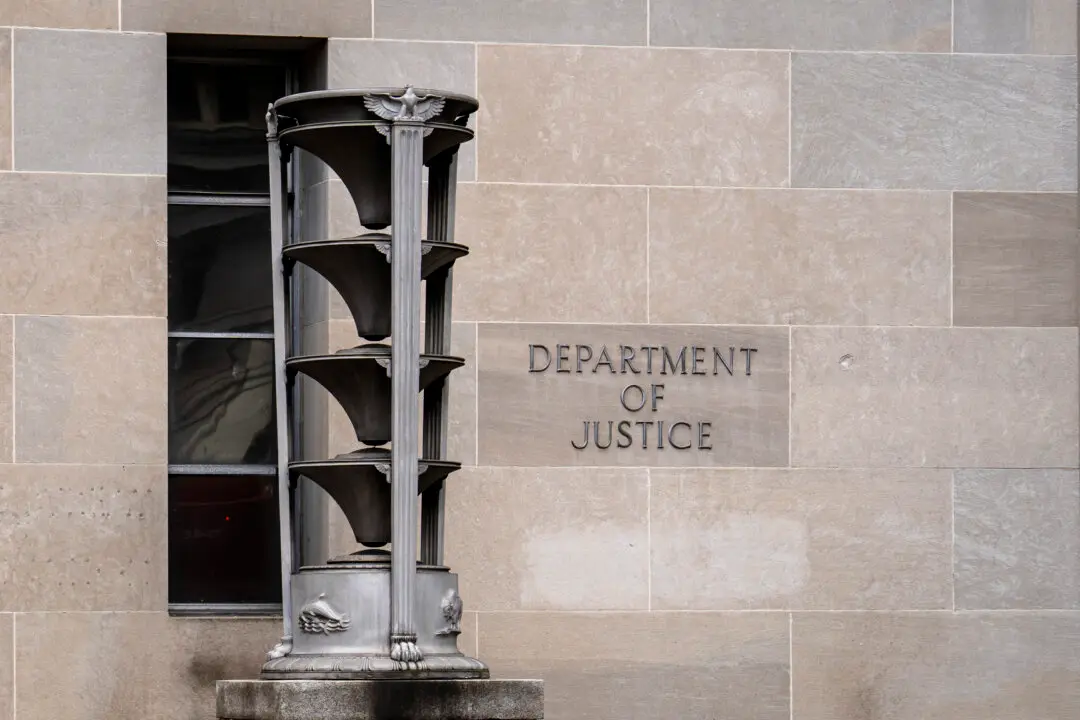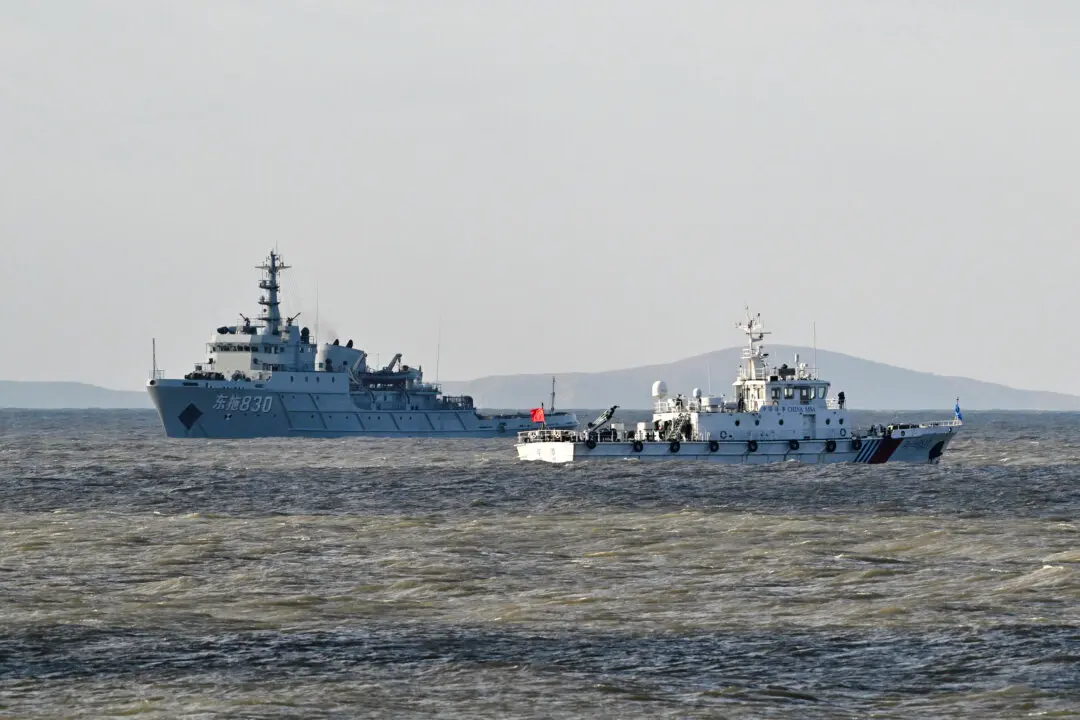Chinese military scientists in 2015 detailed a plot to unleash a bioengineered SARS coronavirus to cause mass terror and advance the communist regime’s global political ambitions.
These newly uncovered revelations come amid intensifying scrutiny over the possibility that the COVID-19 pandemic originated from a laboratory leak in Wuhan, an institute that has collaborated with the Chinese military.





